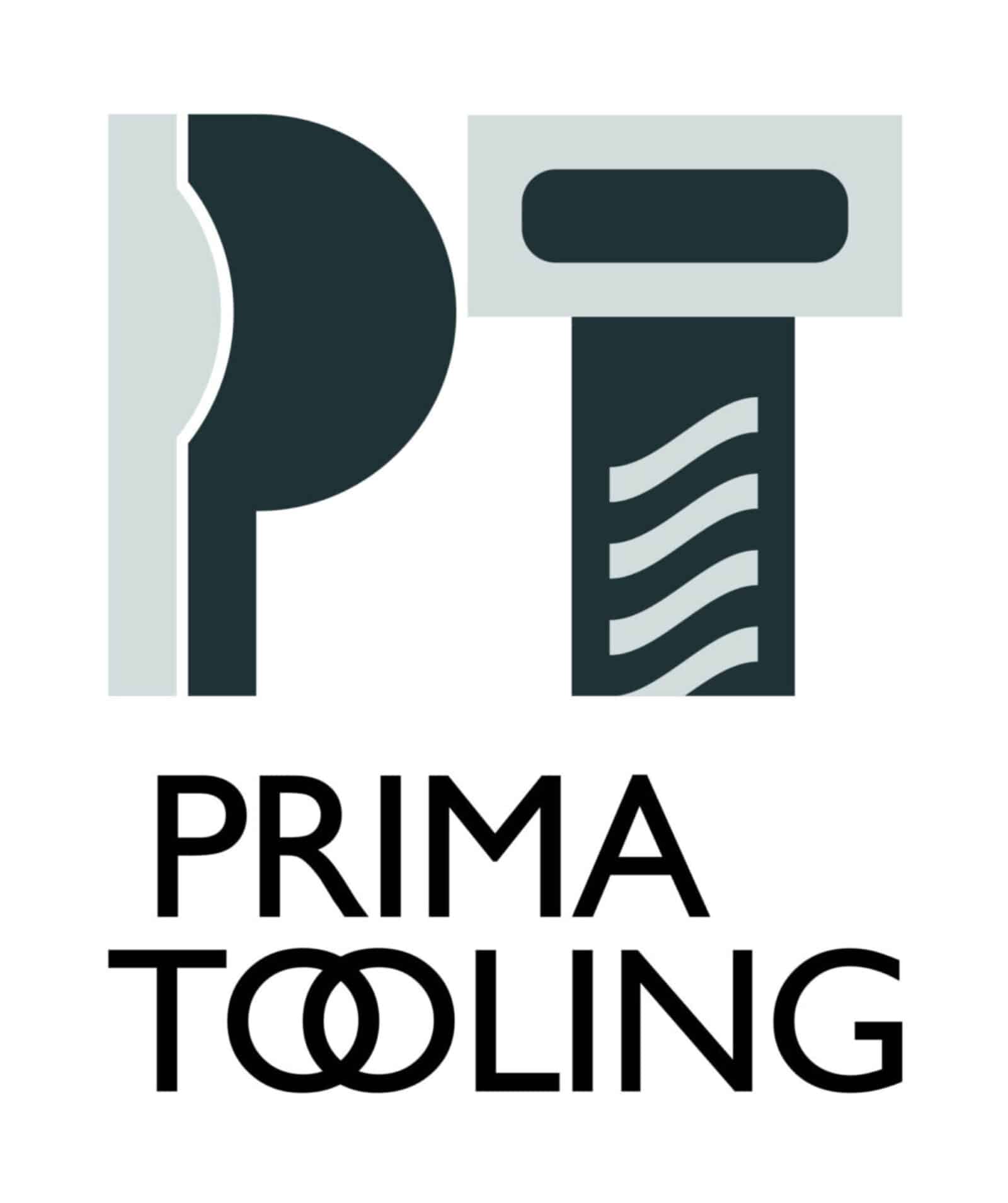CNC router bits are integral tools in precision machining, especially within the UK where manufacturing continues to thrive. These versatile tools allow users to create intricate designs and precise cuts, making them a favourite in various industries ranging from woodworking to aerospace. However, with repeated use, CNC router bits can pose multiple challenges that disrupt workflow and impact the quality of the finished product. Understanding and resolving these issues is crucial for maintaining efficiency and ensuring that your operations run smoothly.
In the UK, weather changes and typical usage conditions can affect the performance of CNC router bits, leading to problems like wear and tear, breakage, and dullness. Recognising these common hurdles and knowing how to tackle them ensures that your cutting tasks remain efficient and precise. By looking into the most frequent challenges and offering straightforward solutions, you’ll be better equipped to address these issues head-on and bolster your machining proficiency.
Common Issues with CNC Router Bits
Several problems often arise with CNC router bits, affecting performance and end results. Here are some of the most frequent offenders:
– Breakage: As CNC router bits spin at high speeds, they endure significant stress. Excessive force, improper feed rates, or using the wrong bit for the material can contribute to their breakage.
– Dullness: Like all cutting tools, CNC router bits gradually become dull with use. A dull bit requires more force, resulting in poor cuts, increased wear on the machine, and potential damage to project materials.
– Improper Cutting: This can occur if the bit is unsuitable for the material or not correctly aligned. Issues like chipping or material tear-out reduce the quality of the final product and increase wastage.
Identifying these problems early is key to mitigating their impact. Regular bit checks and understanding signs of distress allow you to maintain effective operations. Next, we’ll explore how to pinpoint these issues effectively within the UK environment, where weather changes can add an additional layer of complexity to CNC operations.
Diagnosing CNC Router Bit Problems
Spotting issues with your CNC router bits before they escalate can save you time and resources. Understanding the root causes behind common issues like breakage or dullness is a good start. Here’s a simple guide to help you diagnose problems effectively:
– Check for Visual Damage: Regularly inspect your bits for visible signs of wear, such as chips or cracks, that might lead to breakage.
– Listen for Unusual Sounds: While your machine is in operation, notice any unfamiliar sounds. These can indicate misalignment or dullness.
– Monitor Performance: Keep an eye on the quality of your cuts; any increase in roughness or uneven edges might signal the need for attention.
– Feel for Resistance: If you notice the bit struggling through material more than usual, dullness or incorrect settings might be the culprits.
Regular checks are particularly handy in the UK, where temperature and humidity fluctuations can affect tool performance. Frequent observations help maintain your bits’ longevity and ensure precision.
Solutions for CNC Router Bit Problems
Once you’ve identified the problems, practical solutions can keep your tools in tip-top shape. Here’s how to address common challenges with CNC router bits:
1. Breakage: Start by using the correct bit for your material type. Set appropriate speeds and feeds to reduce stress. Storing bits properly, ideally in a dry, organised space, can prevent accidental damage.
2. Dullness: Regular sharpening extends the life of your bits. Use sharpening services or kits specifically designed for CNC router bits to maintain a keen edge.
3. Improper Cutting: Ensure you use professionally-aligned bits to minimise chipping or tear-out. If cuts are inconsistent, reconsider your machine settings or the compatibility of the bit with your material.
Keeping your bits well-maintained not only improves the quality of your work but also prolongs the service life of your equipment.
When to Replace Your CNC Router Bits
Knowing when to retire a bit is just as important as maintaining it. Here’s how to tell when a replacement is necessary:
– Consistent Poor Performance: If sharpening no longer improves the cut quality, it’s time to consider a new bit.
– Excessive Chipping: Recurrent chipping or breakages mean the bit has reached the end of its lifecycle.
– Increased Feed Rate Struggles: Struggling with feed rates despite adjustments often points to a worn-out bit.
Timely replacement ensures your projects stay on track without unnecessary interruptions.
Summing Up the Best Practices
Addressing CNC router bit issues by understanding their common problems, diagnosing effectively, and implementing solutions guarantees smoother operations. By knowing when to replace bits, you maintain high-quality outputs and machine longevity. Staying proactive with bit care is your ticket to hassle-free, precise cutting. Your CNC setup is only as good as its components, after all, so keeping them top-notch ensures your projects stay sharp in every sense.
Ensure your CNC operations are seamless by investing in top-quality tooling. If you’re facing challenges related to CNC router bits UK, explore Prima Tooling’s range of high-performance solutions to enhance your precision machining tasks. Stay ahead with well-maintained tools and enjoy consistent, exceptional results.
